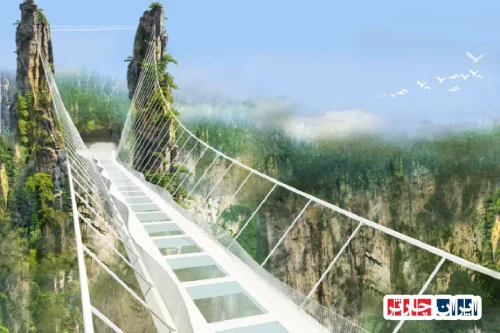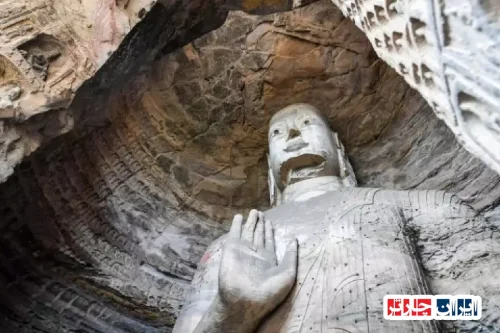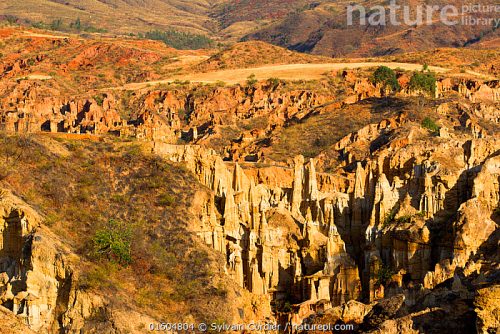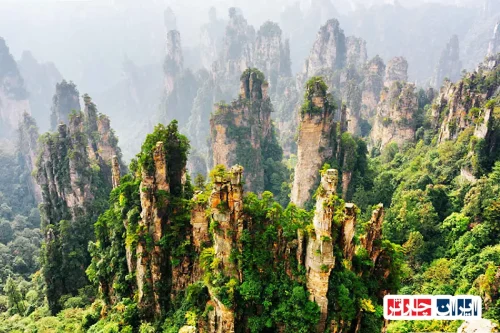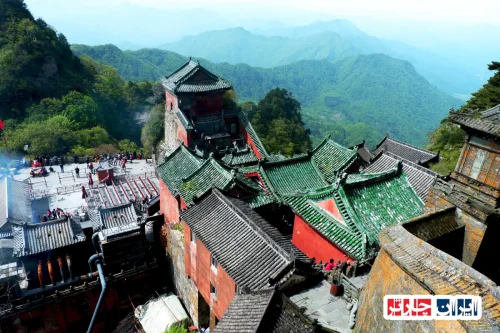Discover the Majestic Mount Wutai in Shanxi Province, China: A Sacred Cultural and Natural Treasure
Mount Wutai, located in Shanxi Province, China, stands as one of the most revered spiritual sites and a UNESCO World Heritage site, attracting millions of visitors annually. This iconic mountain is renowned for its stunning natural beauty, ancient Buddhist temples, and rich cultural heritage. As a sacred destination, Mount Wutai offers a unique blend of spiritual tranquility, breathtaking landscapes, and historical significance, making it a must-visit for travelers seeking both enlightenment and adventure. The mountain’s five flat peaks symbolize the five wisdoms of Buddhism, and its numerous monasteries and pagodas reflect centuries of religious devotion and architectural excellence. Visitors can explore ancient temples, hike scenic trails, and experience traditional ceremonies that have been preserved for generations. The region’s harmonious integration of nature and spirituality provides an immersive experience that resonates deeply with those interested in Chinese culture and Buddhist traditions. Whether you are a spiritual seeker, a history enthusiast, or a nature lover, Mount Wutai in Shanxi Province, China, offers an unforgettable journey into the heart of Chinese heritage and natural splendor. For more information, visit Mount Wutai-Iran Charter, and discover how to plan your visit to this extraordinary site.
The Rich History and Cultural Significance of Mount Wutai in Shanxi Province, China
Mount Wutai in Shanxi Province, China, boasts a history spanning over a thousand years, making it one of the most revered sacred mountains in East Asia. This iconic site has served as a spiritual center for Buddhists and a hub for cultural development throughout Chinese history. Its ancient monasteries, temples, and inscriptions reveal the deep-rooted religious traditions and artistic achievements that have been preserved over centuries. Visitors can explore the legendary stories associated with the mountain, which include legends of divine beings and historical figures who contributed to its spiritual prominence. The mountain’s historical significance is further highlighted by its designation as a UNESCO World Heritage Site, ensuring its protection for future generations. The enduring legacy of Mount Wutai reflects its role as a symbol of faith, cultural exchange, and artistic innovation in China. Its centuries-old structures and sacred sites continue to attract pilgrims and scholars alike, eager to experience the spiritual atmosphere and learn about its profound history.
Ancient Temples and Architectural Heritage of Mount Wutai in Shanxi Province
Within Mount Wutai, over 50 ancient temples and monasteries stand as testaments to traditional Chinese architecture and religious artistry. Notable structures such as the Foguang Temple, Xiantong Temple, and the Tayuan Temple showcase intricate wooden carvings, grand pagodas, and harmonious layouts that date back to the Tang and Song dynasties. These temples are not only places of worship but also repositories of cultural artifacts, including ancient scriptures, statues, and murals. The architectural style reflects a blend of Buddhist, Taoist, and Confucian influences, illustrating the mountain’s role as a spiritual melting pot. Preservation efforts have maintained the authenticity of these structures, allowing visitors to appreciate the craftsmanship of past artisans. The complex layout of the temples, with their courtyards and pagodas, embodies traditional Chinese principles of harmony and balance. These architectural treasures serve as a bridge connecting modern visitors with the spiritual and artistic achievements of ancient China, reinforcing Mount Wutai’s status as a cultural and religious landmark.
The Religious and Spiritual Importance of Mount Wutai in Shanxi Province
Mount Wutai is recognized as one of the Four Sacred Mountains in Chinese Buddhism, holding a central place in spiritual practices for centuries. It is believed to be the earthly abode of Manjushri, the Bodhisattva of Wisdom, making it a pilgrimage destination for Buddhists from around the world. The mountain hosts numerous monasteries and shrines where devotees perform rituals, meditate, and seek enlightenment. Its spiritual significance extends beyond Buddhism, as it also holds importance in Taoism and traditional Chinese folk beliefs, symbolizing harmony between spiritual paths. Annual festivals and ceremonies, such as the Mount Wutai Festival, draw thousands of pilgrims who participate in prayer, offerings, and cultural performances. The mountain’s sacred atmosphere fosters a sense of peace and reflection, attracting spiritual seekers and tourists alike. Preservation of these religious traditions ensures that the mountain continues to serve as a vital site for spiritual practice and cultural exchange, embodying centuries of religious devotion and cultural resilience.
Natural Beauty and Scenic Attractions of Mount Wutai in Shanxi Province
The stunning natural landscape of Mount Wutai features five flat, sacred peaks covered with lush forests and scenic vistas. The mountain’s diverse ecosystems include dense pine and cypress forests, clear streams, and panoramic viewpoints that change with the seasons. In winter, snow-capped peaks create breathtaking scenery, attracting photographers and nature lovers. The area offers numerous hiking trails and scenic routes that allow visitors to immerse themselves in its tranquil environment. The unique geological formations and rich biodiversity make Mount Wutai a natural wonder in Shanxi Province. Visitors can enjoy the fresh mountain air, observe local wildlife, and experience the harmony of nature and spirituality. Conservation efforts are in place to protect these natural resources, ensuring that future generations can continue to enjoy the mountain’s pristine beauty. The scenic landscapes complement the spiritual ambiance, making Mount Wutai a perfect destination for eco-tourism and outdoor activities.
Mount Wutai’s Role in Chinese Art and Cultural Development
Throughout history, Mount Wutai has inspired countless artists, poets, and scholars, becoming a symbol of spiritual enlightenment and artistic expression. The mountain’s monasteries and temples have served as centers for calligraphy, painting, and sculpture, fostering a vibrant cultural scene. Traditional Chinese art forms, such as Buddhist murals, stone carvings, and religious sculptures, adorn many of the historic sites. These artworks depict stories from Buddhist scriptures, mythological scenes, and symbolic motifs, reflecting the deep spiritual beliefs of the region. The mountain’s cultural influence extends to literature and performing arts, with numerous poems and stories celebrating its sacred beauty. Preservation of these artistic treasures is vital for maintaining the cultural heritage of Shanxi Province. Today, Mount Wutai continues to be a source of inspiration for contemporary artists and cultural enthusiasts, reinforcing its legacy as a cradle of Chinese spiritual and artistic achievement.
Travel Tips and Practical Information for Visiting Mount Wutai in Shanxi Province
Getting to Mount Wutai is convenient via Shanxi Province’s transportation network, including airports, high-speed trains, and buses. The nearest airport offers domestic flights, while high-speed rail connections make access from major Chinese cities straightforward. The best time to visit is during spring and autumn when the weather is mild and the scenery is most vibrant. Visitors should prepare for mountain hikes by wearing comfortable footwear, bringing water, and dressing appropriately for changing weather conditions. Accommodation options range from traditional guesthouses to modern hotels, with many located near the main temples and scenic areas. Local guides can enhance the experience by providing insights into the history and cultural significance of the sites. Respect for local customs and environmental preservation is essential to ensure a meaningful and sustainable visit. With proper planning, travelers can enjoy a safe, enriching journey to this sacred mountain, immersing themselves in its spiritual and natural wonders.
The Impact of UNESCO World Heritage Designation on Mount Wutai
Designating Mount Wutai as a UNESCO World Heritage Site has significantly contributed to its preservation and global recognition. This status has attracted increased international attention, leading to enhanced conservation efforts, funding, and research initiatives. It has also encouraged local authorities to implement stricter protection measures for the ancient temples, natural landscapes, and cultural relics. The designation promotes sustainable tourism, balancing visitor access with the need to conserve the mountain’s fragile environment and historic structures. As a result, Mount Wutai has seen a rise in cultural exchanges and educational programs that raise awareness about its significance. The UNESCO recognition has helped safeguard the mountain’s unique heritage, ensuring that its spiritual, cultural, and natural assets are preserved for future generations. This global acknowledgment affirms Mount Wutai’s importance as a symbol of Chinese cultural identity and spiritual tradition, inspiring pride and responsibility among local communities and visitors alike.
Legendary Stories and Cultural Myths of Mount Wutai
Mount Wutai is rich with legends and mythological stories that have been passed down through generations. One of the most famous tales involves the Bodhisattva Manjushri, believed to reside on the mountain and grant wisdom to those who seek it. Local folklore describes divine appearances, miraculous events, and spiritual encounters that reinforce the mountain’s sacred status. These stories often symbolize virtues such as wisdom, compassion, and perseverance, inspiring pilgrims and visitors. The myths are also reflected in the mountain’s art, sculptures, and inscriptions, which depict legendary figures and spiritual symbols. Engaging with these stories provides a deeper understanding of the cultural and religious fabric of the region. They serve as a bridge connecting the spiritual beliefs of ancient China with contemporary practices, making Mount Wutai a living monument of myth and faith that continues to captivate the imagination of all who visit.
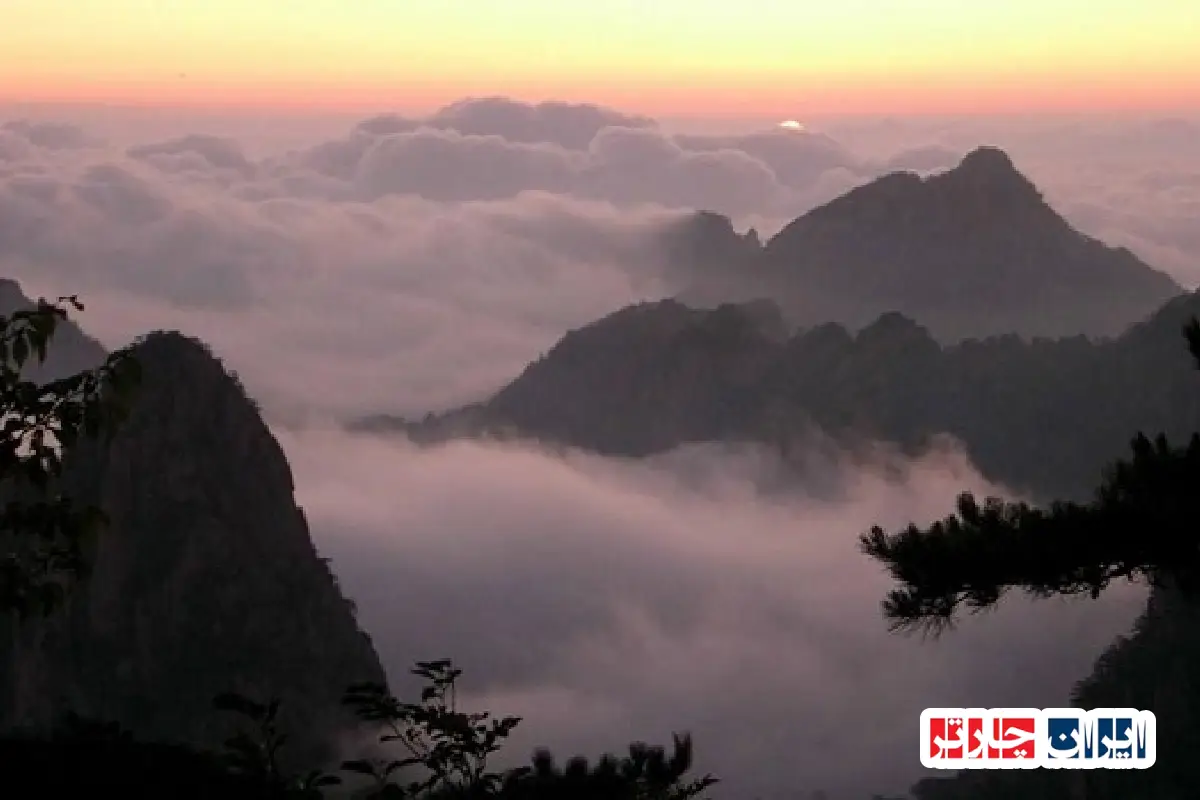
Frequently Asked Questions about Mount Wutai and its Attractions
Where is it located in China and what are its characteristics?
Mount Wutai is located in Shanxi Province and is one of the four sacred Buddhist mountains in China. It is a collection of five flat, treeless peaks, the highest of which stands at 3,058 meters (10,033 feet) offering a unique view of nature and historical architecture.
Why does Mount Wutai hold special significance in Buddhist culture?
This mountain is known as a place of worship and pilgrimage for followers of Buddhism across Asia. Ancient temples, large statues, and architectural relics, alongside natural landscapes, demonstrate its rich history and special place in the development of Buddhist culture and art.
What temples are located on Mount Wutai and what are their characteristics?
Among the most important temples are Foguang Temple, Xiantong Temple, and Tayuan Temple. These temples are built with traditional Chinese architecture and include grand halls, bronze statues, and painted walls that narrate thousands of years of history.
How can one access Mount Wutai?
Near the mountain is Wutai Shan Airport, which supports domestic and international flights. Additionally, there are hiking trails and local buses to reach the temples and peaks, providing a unique experience of the region’s nature and culture.
What is the best time to visit Mount Wutai?
Spring and autumn are the best times to visit, as the weather is mild and the natural scenery is at its peak beauty. In winter, snow and ice may make travel difficult, but the snowy landscape offers a special charm.
Is Mount Wutai suitable for hiking and mountaineering?
Yes, there are various trails for hiking and mountaineering in this area. Easy paths for the general public and more challenging routes for experienced mountaineers offer a diverse and unique experience.
What tips should be considered when traveling to Mount Wutai?
It is recommended to bring appropriate clothing, comfortable shoes, and necessary mountaineering equipment. Also, show respect for the temples and local culture, and follow the customs of the region.
Are there accommodation options around Mount Wutai?
Yes, hotels, guesthouses, and traditional accommodations are available near the temples and hiking trails, providing comfortable stays and a cultural experience for tourists.
What tips should be observed regarding environmental protection on Mount Wutai?
Maintaining cleanliness, not damaging historical and natural sites, and adhering to local regulations are important for preserving the beauty and cultural value of the region. Tourists should collect their waste and prevent fires.
How can one learn more about the history and culture of the region?
Visiting local museums, participating in guided tours, and studying historical and cultural resources are excellent ways to gain a deeper understanding of Mount Wutai’s history and cultural significance.
Is Mount Wutai suitable for families?
Yes, there are various paths suitable for both children and adults. Visiting the temples and natural landscapes provides a cultural and recreational experience for families.
What tips are there for buying souvenirs in the area?
You can buy handicrafts, small statues, traditional clothing, and local products such as tea and spices. Make sure to purchase from reputable stores to ensure product quality.
Are public transportation facilities available in the area?
Yes, local buses and taxis are available, allowing you to easily travel between temples, hiking trails, and hotels.
How can one plan a trip to Mount Wutai?
Plan your trip in the best way by checking the weather, booking hotels and flights or public transportation tickets, and researching different routes. Also, seek help from local guides for a unique experience.



